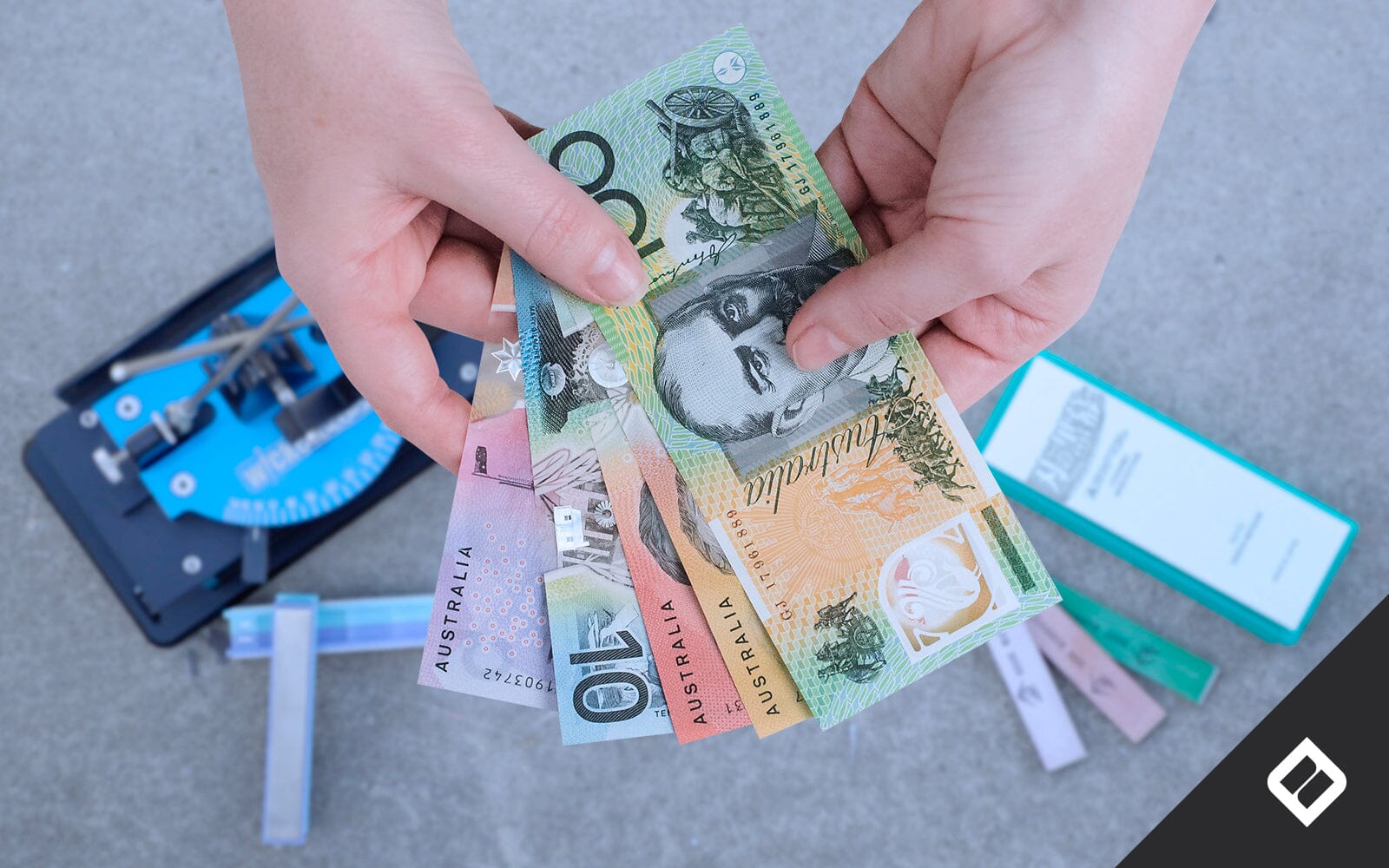Knife sharpening is a skill that can be highly lucrative, especially if you are passionate about knives and their maintenance. With the right tools, knowledge and technique, you can turn this hobby into a full-time business.
Starting a local sharpening business can be a profitable venture, as more people are seeking professional sharpening services for their knives, scissors, and other cutting tools. In this blog post, we will explore the steps involved in setting up a knife sharpening business, from creating a Facebook page to buying the right equipment and getting customers.
Step 1: Research and Planning
The first step to starting any business is research and planning. Conducting market research and assessing the competition in your area will give you a clear idea of the demand for knife sharpening services and what sets you apart from others. Consider the cost of materials, the price of sharpening tools, and any fees associated with operating a business in your area. You should also create a business plan outlining your goals, target market, and marketing strategies.
Do some basic searches in local Facebook groups for keywords like "Sharpening", "Knives" to see if there has been any historical discussions and recommendations.
Step 2: Creating a Facebook Page
Social media platforms like Facebook and Instagram are an excellent way to reach your target audience and promote your services. You can create a Facebook or Instagram page for your business and use it to showcase your work, post before-and-after pictures of knives and other tools you have sharpened, and offer exclusive deals to your followers. Make sure to include all the relevant information, such as your business hours, contact information, and location.
Creating engaging content or posts where you are asking your audience to comment about a certain result can help drive engagement.
Step 3: Buying the Right Equipment
To achieve consistent and satisfactory results in knife sharpening, it's crucial to invest in specific equipment. The basic equipment required for knife sharpening includes a Freehand setup with Whetstones or a Guided Sharpening setup that employs a Jig system to maintain the sharpening angle of the blade's edge.
For more significant repair work, a belt grinder may be necessary. It's essential to select equipment that aligns with the types of knives and tools you will be sharpening for optimal results.
Step 4: Developing Your Sharpening Technique
Once you have the right tools, you need to develop your sharpening technique. Knife sharpening is a delicate process that requires precision, patience, and attention to detail. There are many resources available, including online tutorials, books, and training courses that can help you learn the art of knife sharpening. Practice on your own knives and ask for feedback from your friends and family until you feel confident in your skills.
Step 5: Marketing Your Business
Marketing is crucial for any business, and there are many ways to promote your knife sharpening services. You can offer discounts for new customers, provide referral incentives, or host a sharpening demonstration at a local market or festival. Creating a website, business cards, and brochures can also help you reach potential customers.
You can use resources like Canva to create basic graphics to support your social posts.
Step 6: Setting Prices
Determining the right prices for your knife sharpening services is crucial for the success of your business. Pricing should be competitive while ensuring that it covers the cost of materials, equipment, and labour. Here are some tips for setting prices:
Research the market: Find out how much other sharpening businesses in your area charge for their services. Use this information to determine the average price range and adjust your prices accordingly.
Cost of materials: Calculate the cost of the materials and equipment required to sharpen a knife. Consider the price of sharpening stones, honing oils, electricity, and water bills.
Time and labour: Consider the time and effort required to sharpen each knife, as well as the skill and experience needed to produce high-quality results.
Type of knife/tool: Different types of knives and tools require varying levels of skill and equipment. Determine the price for each type of tool based on the time and effort required to sharpen it.
Discounts and packages: Offering discounts for bulk orders or providing sharpening packages for specific types of knives or tools can attract more customers and encourage repeat business.
Remember to regularly review and adjust your prices to ensure that they remain competitive and profitable for your business. Offering excellent customer service and consistently high-quality work will help build your reputation and justify your prices.
Conclusion
Starting a knife sharpening business can be an enjoyable and profitable venture. By conducting thorough research, creating a Facebook page, buying the right equipment, developing your sharpening technique, and marketing your services, you can establish a successful local sharpening business. Remember that knife sharpening is a skill that requires practice, patience, and attention to detail, but with the right tools and dedication, you can turn your passion into a thriving business.

